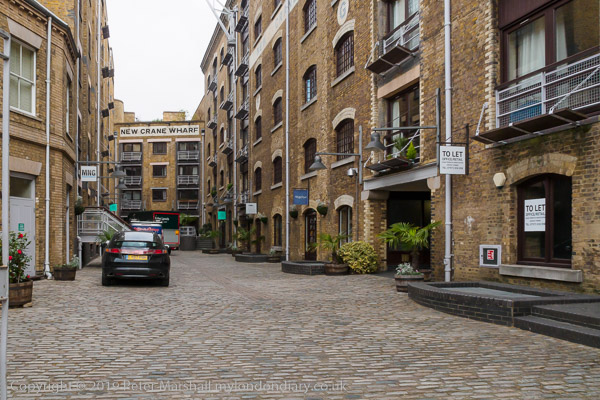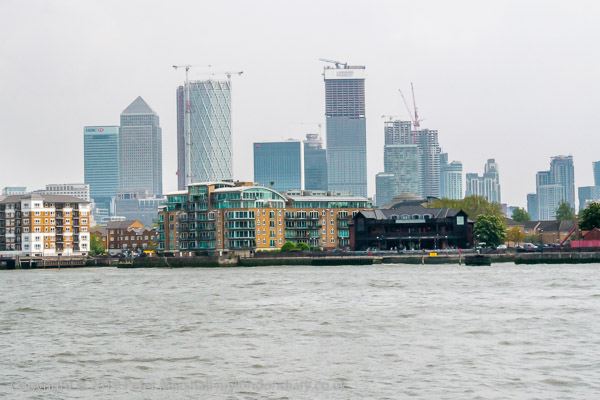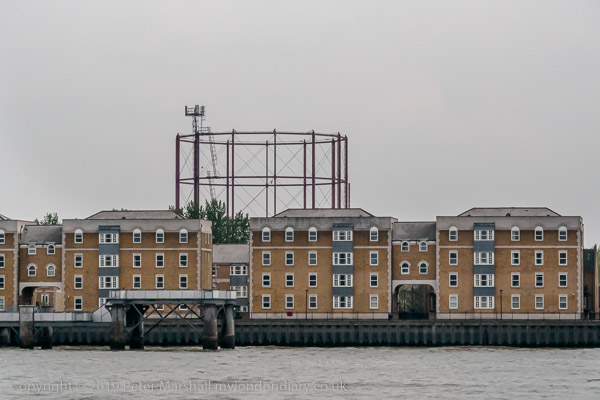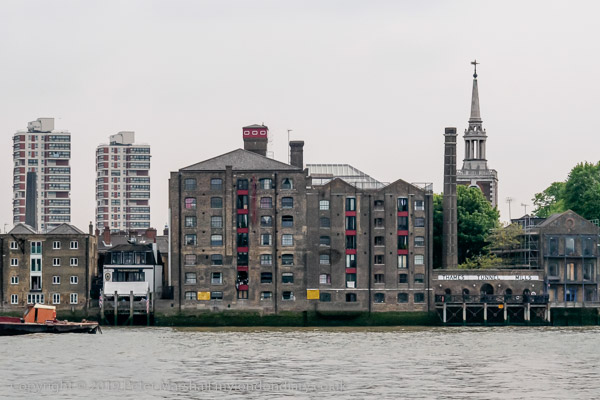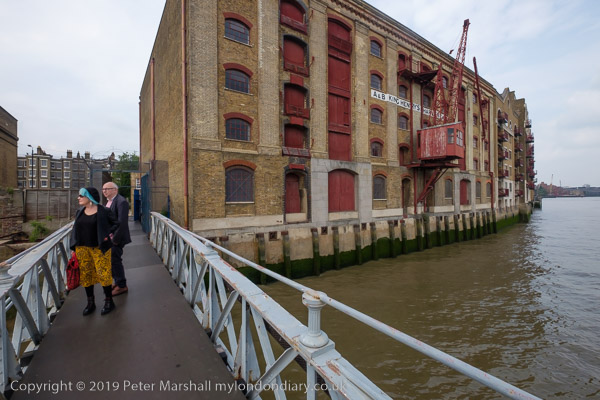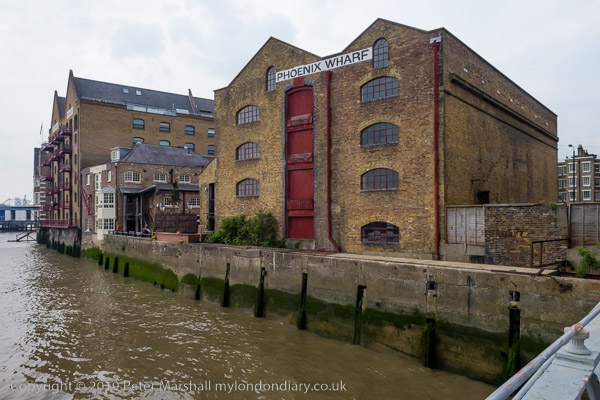River Hull 1989: I always enjoy a walk by the River Hull and back in the 1970s-90s there was always plenty to photograph, though it is rather less interesting now. My problem then was always to drag myself away and move to a different location. If you click on any of these pictures it will take you to a larger image on Flickr and you can then move forward or backward through the whole set I’ve put on-line.
Looking upstream from Drypool Bridge you can see an industrial landscape, most of which has now disappeared, as well as several vessels on the river.
Turning around and looking out towards the Humber this was the view, one that I’d taken many times in earlier years when the river had been far more crowded. At left is the disused entrance to Victoria Dock and further down the Northern Divers building, sand and gravel works, warehouses and the Myton Swing Bridge built in 1979 to take the A63 leading to Hull Docks. Before then the traffic had gone various Hull ring roads and and the decision to put it through here, splitting off the city centre from the old town was something of a disaster for the city.
Rank’s Clarence Mill on the east bank of the river just downstream of Drypool Bridge had introduced improved methods of bulk handling, sucking up grain from barges moored at the jetty on which I was standing to make this picture.
Although the Victoria Docks had closed in 1979, the entrance to them here remained in use as the only place the River Hull was wide enough to swing vessels like this Rix coastal tanker around. It will have gone up forward to the Rix depot a little over a mile away on Wincolmlee, and then come backwards downriver on the tide until here, where it could turn and then proceed forwards to the Humber. I took a whole series of the Burdalen turning and you can see a few more on Flickr.
Drypool Bridge and North Bridge are both Scherzer Rolling Bascule Bridges with a large counterweight at the left-hand end in my picture and a curved track below that which rolls on rails at ground level. Because of the counterweight relatively little force is needed to raise the bridge to allow river traffic to pass through. River traffic was heavily dependent on the tides, and the bridge always seemed to block road traffic at the most inconvenient times.
When the mill was in use the pipes at the top of the image could be lowered into the holds of the barges moored below.
A riverside walk led north along the east side of the River Hull, though in 1989 it was largely covered by large amounts of scrap iron at the end of the Union Dry Dock on Great Union St, Hull. The Drypool Engineering and Dry Dock Company Limited of Hull had a number of sites around the city and in Selby by went bust in 1976.
Clarence Mill, Joseph Rank’s great flour mill in Hull was rebuilt after wartime damage and was only finally closed in 2005. With the City Council’s usual disregard for Hull’s heritage it was demolished in 2015 to make way for a hotel which was never built. The site was still undeveloped in 2022.
More of the scrap metal which partly blocked the riverside path, including a anchor.
And another view of the mills over the pipes at the Union Dry Dock. The closer building is the Shotwell Mill, still standing. Gamebore Cartridges makes shotgun catridges here, and should not be confused with the Hull Cartridge Company Limited who also make cartridges and sporting goods in Bontoft Ave, Hull. I’ve never owned a shotgun and certainly can’t comment on the relative merits.
As well as finding more pictures on Flickr in both black and white and colour you can also buy my 36 page Cafe Royal zine, Peter Marshall — The River Hull 1977–85, which has some of the best of my earlier images.
Flickr – Facebook – My London Diary – Hull Photos – Lea Valley – Paris
London’s Industrial Heritage – London Photos
All photographs on this page are copyright © Peter Marshall.
Contact me to buy prints or licence to reproduce.










































